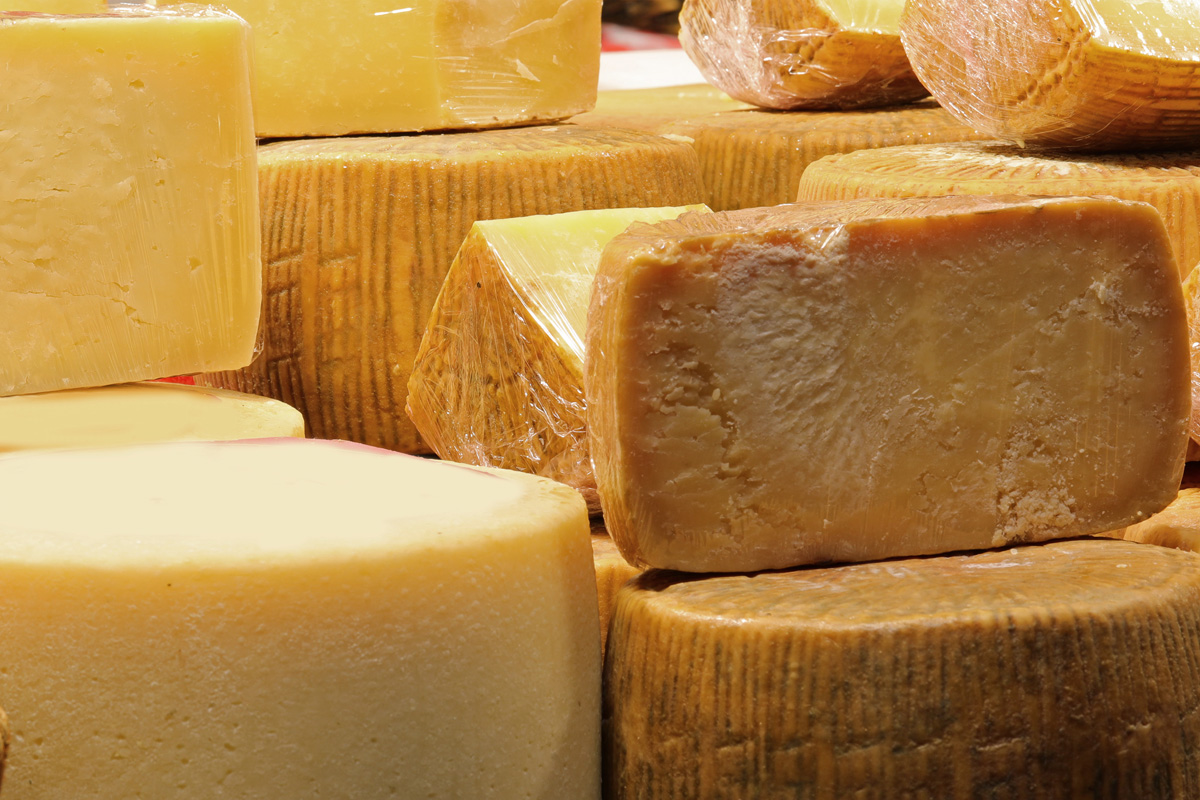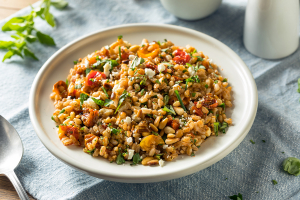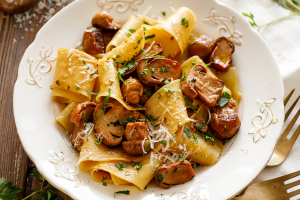Seasoned or fresh cheeses? Here is how to choose

Present on the market in different varieties, the cheeses are a source of calcium, fat, vitamin D and protein. In addition to taste and texture, they can also be distinguished by their nutritional values and properties. There are in particular two macro groups that mark a clear boundary: on the one hand fresh cheeses, on the other aged products. So let's see what their characteristics are and how to choose them.
Properties and characteristics of fresh cheeses
The belonging to the macro categories of fresh cheese depends on the type of processing to which the product is subjected. In this case, fresh cheeses are those that do not undergo any maturation or, in any case, a maturation process that is always less than 30 days. The nutritional properties, instead, depend on the type of milk used. The only exception concerns ricotta cheese which, although it comes from whey, is considered a fresh cheese at a nutritional level.
Fresh cheeses contain high quantities of fat, higher than milk, for the same weight. Their consistency is creamy and tender, being soft cheeses. They are also characterized by the high presence of water (generally 80%) and they do not have a rind. The organoleptic characteristics of these cheeses lead them to be more rapidly perishable and, for this reason, their consumption should take place within a few days after processing. Examples of fresh cheeses are goat's milk cheese or crescenza. But filamentous cheeses such as mozzarella and fiordilatte also belong to this category.
Properties and characteristics of aged cheeses
Unlike fresh cheeses, matured cheeses are such because they undergo a maturing process that changes them chemically. It takes more than 30 days for this transformation to take place. Proteins and fats are degraded, while sugars ferment. For the maturing process it is necessary to prepare the cheeses in rather humid places, with rates around 90%. Ideal, in this sense, are the cellars or caves and natural caves.
Among the best known mature cheeses are Grana Padano, Parmigiano Reggiano or provolone. The different type of processing that distinguishes fresh and mature cheeses also has consequences in nutritional values. The latter would therefore be preferable for a more balanced diet. In general, they should be considered a real second course to be alternated and not associated with another food with protein content.





